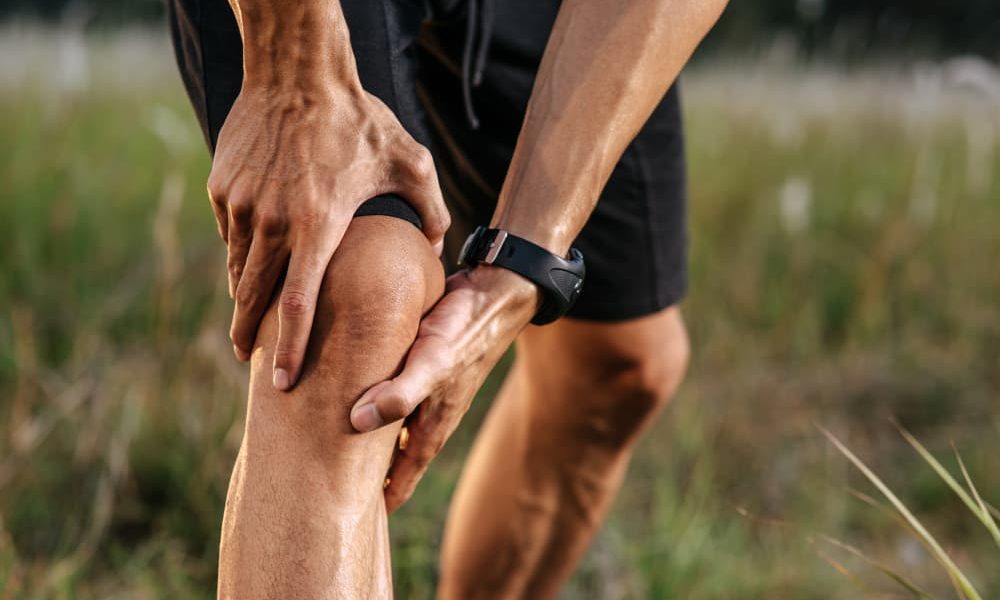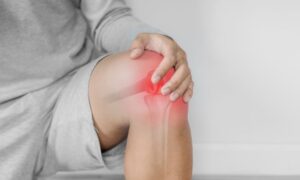
If you don’t know why your ankles swell, in this guide on health and well-being we will teach you how to avoid and prevent this problem.
One of the concerns that many people experience, especially after long days on your feet or after a trip, is swelling in the lower part of your legs, specifically the ankles. This swelling can vary in severity and have multiple causes.
In this article, we will dive into the topic to answer the question: “why do ankles swell?”, analyzing the possible reasons behind this symptom, how to treat it, and how to prevent it.
What is swelling?
Ankles, being a crucial weight-bearing part of our body, are susceptible to swelling due to fluid buildup. This condition, scientifically known as edema, not only manifests itself in the ankles but can affect other areas, such as legs, hands and face.
This buildup is usually the result of fluid leaking from the blood vessels. and lodges in the surrounding tissues. If you’ve ever noticed that your shoes feel tight at the end of the day or that your ankles seem plumper than they do in the morning, you’re probably experiencing this phenomenon.
Why is it worrying?
Although ankle swelling is often temporary and disappears on its own, it is essential to pay attention to it. Constant or very pronounced edema can not only indicate circulatory problems but also more serious medical conditions.
Besides, continued swelling It can lead the skin to stretch, which can cause discomfort, itching, and even pain. In more severe situations, excessive edema can hinder or limit movement, becoming a barrier to performing daily activities.
Why do ankles swell? Main causes
Standing or sitting for a long time
Modern life often forces us to maintain static postures for long periods, whether working at a desk or standing in certain professions. When we are in these positions, Gravity plays a crucial role in causing fluid to accumulate in the lower part of the body, especially in the ankles.
Venous return, that is, the ability of our veins to return blood to the heart, is affected, facilitating the appearance of edema.
Long trips
Have you noticed that after a long flight your ankles are more swollen? You’re not alone. During extensive travel especially on a plane, lack of movement and atmospheric pressure can affect circulation, causing swelling.
Car trips, where leg mobility is also limited, can have a similar effect.
Hormonal changes
The human body is an incredibly complex machine, and hormonal changes can have a notable impact on various areas, including fluid retention. Specific phases in the menstrual cycle, pregnancy or taking certain medications, such as contraceptives or hormone replacement therapies, can cause temporary edema in the ankles.
Underlying health problems
Sometimes swelling is a red flag indicating deeper problems. Conditions such as heart failure, kidney problems, liver disease, or venous disorders They may be underlying causes. In these situations, edema is just one of the symptoms, and it is essential to see a health professional for a proper diagnosis.
Solutions and prevention
Elevation of the feet
A simple but effective technique is to elevate the feet above the level of the heart. Whether resting on the couch or going to bed, Try placing pillows or cushions under your legs. This position helps accumulated fluid flow back to the rest of the body, relieving swelling.
Exercise and mobility
Physical activity is a powerful ally against edema. Moving, whether walking, swimming or doing specific leg exercises, improves circulation and prevents fluid buildup. If you’re on a long trip, try to get up and move every once in a while. If that is not possible, Do small exercises with your feet and ankles while sitting.
Compression
Compression stockings have gained popularity not only among athletes but also among people who spend a lot of time on their feet. These stockings put specific pressure on the legs, helping the veins transport blood back to the heart and avoiding the formation of edema.
Balance diet
What we eat also influences how our ankles feel. A diet high in salt can increase fluid retention. Therefore, it is advisable to opt for fresh and natural foods, limiting the consumption of processed products rich in sodium. Additionally, drinking enough water can help flush excess salt and other waste from the body, preventing bloating.
Conclusion
Swelling in the ankles is a concern that can be caused by a variety of causes, from simple to more complex. Although occasional swelling may be normal, if you repeatedly ask yourself “why do my ankles swell?” and the swelling is persistent, it is essential to consult a doctor.
With proper care and preventive measures, we can keep our ankles in good condition and Enjoy full mobility without discomfort.







